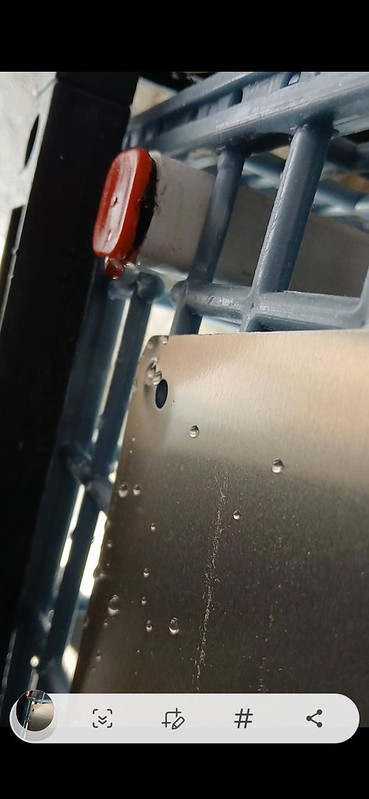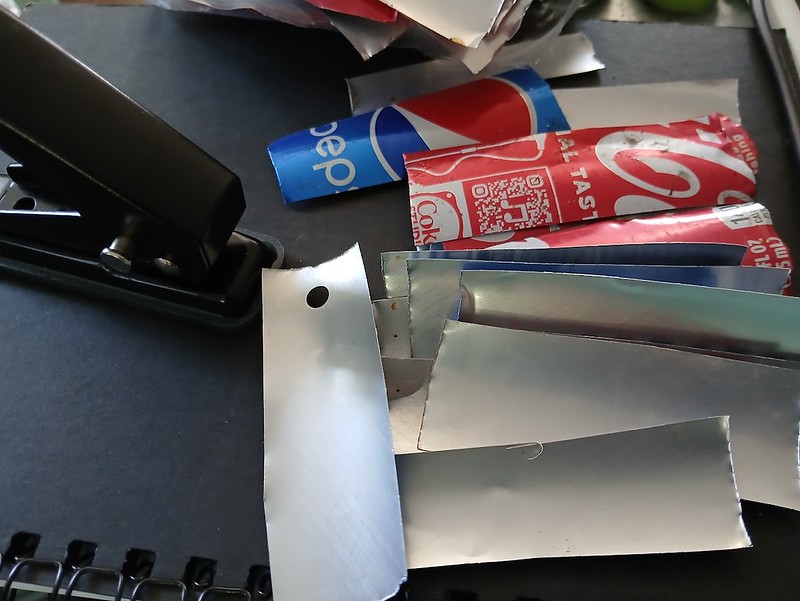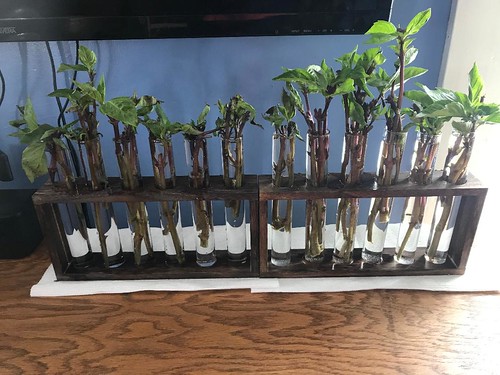About a month to a month and a half ago, Emily and Hannah found a snake in the chicken pen. It was eating a young pullet and had already killed another one by constriction. It had been stealing eggs and small birds for a while before we caught it. I always try to hatch plenty of extra birds because losses like that happen. I am proud of my girls taking care of it themselves. It was the first time they did not call me to deal with a snake.
I normally take care of our quail but this morning, I asked the girls to do it because I am trying to work in time to do some research on herbal medicine for Mercury's allergies. They happily did it for me to give me the extra few minutes. They came back much sooner than I anticipated but there are two of them doing the job.
Emily started off with, "Mom, I am sad to tell you, but there is a problem that needs your attention in the quail shed." My stomach dropped. She continued, "There is a snake in one of the cages, and I have no idea how to get it out."
I knew snakes were likely when I started raising the quail again, but I hoped they'd stay away since the shed is closer to the house and there is plenty of noise and activity. Ah, nope!
As I was putting on my shoes she finished, "And, its ate one of your quail and there is another quail dead beside it."
Me internally: "WAAAAARRRRRRR!!!!"
I hate killing anything, and I do not like dealing with snakes. I grabbed my welding gloves and went to see what I was in for. This is what I saw:

My original plan was to put on the gloves, remove the feed trough, pull the snake out, and end my problem. I was concerned about getting bit which can lead to a nasty bacterial infection, so I put the gloves on my hands. I asked Hannah to find me something to dispatch it quickly with. She came back with tree pruners. They looked small enough on the business end to get through the door which gave me an idea. I took off the gloves, opened the door, and managed to get hold of the head with the pruners and did what had to be done. Then I pulled it out.
The snake chose a very lazy way to get food. Just like humans eating fast food, bad choices lead to bad consequences.
Many years ago, I gave up my learned response to snakes and accepted them as one of God's creatures and part of the earth we are to be stewards over. I do not enjoy killing them, but I also acknowledge there are times when there is not another choice. It is illegal to relocate them without a landowner's permission, and I know of no one who wants a snake on their property. For a few years, we tried relocating them on the far end of our property, but they just came back to eat more eggs and birds.
From years of experience, I know the raptors in our area will come and take the slain snake, so I put it in our long driveway. For some reason, the birds take them sooner from the driveway than they do from our compost bin. Some big bird will get a good meal tonight and my quail will have peace.
For those raising quail or other small birds, I thought sharing these details might be helpful:
When moving around my breeders and noticed some of my numbers were off. Instead of having 12 birds in a cage, I only had 11. I chalked it up to faulty memory due to the farm hustle, a family member selling a bird from the wrong cage, or an escapee.
I also have been having some losses that I thought were strange. I had been finding some birds dead in the cage. Their bodies looked flattened. I now realize they were constricted and the snake did not finish eating them or was too small to swallow them.
I also had one bird with an odd wound on its side. It was sort of round but more like a U shape. I was perplexed at how that type of injury could have happened inside the cage. Well, the dead hen beside the snake had the same injury in the same place. I postulate that is where the snake bit while trying to swallow the hen. I looked up some pictures of an Eastern Rat Snake bite and the marks look very similar. My poor birds have been terrorized, and I had no idea! I know what to look for now.
Please be gracious in grading my writing. Penny kept growling at the thunder last night until I figured out she was likely afraid and put her under the covers with me. I had very little sleep and overslept by 15 minutes which doesn't seem like much but it threw everything way off. In addition to dealing with the snake, I have spent hours researching Mercury's health issues and the ingredients in the very high-priced chews that seem to be helping. I also cleaned our vacation spot and the building inspector came. I processed the last 1.5 bushels of pears today. The apples, tomatoes, cucumbers, and figs were picked. Then I packaged egg sales, cleaned house, and spent time with a friend undergoing some serious health challenges.




















